There are four ways that you can test your egg supply. In this blog post I’ll tell you how…
1. Basal Follicle Stimulating Hormone (FSH)
Every woman is born with a set supply of eggs. Each egg is contained within a follicle, which is comprised of layers of ovarian cells surrounding fluid that provides nutrients for the egg. FSH is the hormone that stimulates follicles to grow. At the beginning of a menstrual period, FSH acts as the signal to the ovaries that it is time to prepare eggs for ovulation.
One of the earliest indications that the number of remaining eggs is approaching a critically low number is an increase in FSH levels at the beginning of a menstrual period. FSH production increases as though it is trying to compensate for the tiring ovaries. For this reason, measurement of FSH in the blood is commonly used as a test of fertility. Higher values correspond to reduced fertility.
In general, values above 10-15 IU/L are considered abnormal. It is normal for the values to fluctuate from month to month, but even with one elevated test result, the chances of becoming pregnant are much lower.
2. Clomid Challenge Test
Since the basal FSH level will not detect every woman with a diminishing egg supply, the clomid challenge test can be used to unmask the problem. Clomid is a pill that is taken for 5 days starting on the 5th day of the menstrual cycle. FSH levels are measured on day 3 and day 10. In women with a normal supply of eggs, the FSH levels will be low on day 3 and low on day 10 after the 5 days of clomid are completed. If either value is high (>10-15 IU/L), the test is considered abnormal.
3. Antral Follicle Count
Follicles can be seen and counted during a vaginal ultrasound examination in the early part of a menstrual period. These follicles are thought to represent the ones that are getting ready to grow during that menstrual cycle. They also reflect the total number of follicles left inside the ovary. There are not well-established cut-off values for normal and abnormal, and the expected count definitely varies depending on a woman’s age. In general, the more antral follicles there are, the more plentiful the total egg supply is likely to be. Six or more on each side is a good sign.
4. Inhibin B and Antimullerian Tests
Inhibin B and Antimullerian hormone are hormones produced by the cells in the ovary that make up the outer layers of follicles. When these levels are low, this suggests that the number of remaining follicles is low. These are very promising tests for fertility and ovarian reserve, but are not available everywhere and doctors have not yet agreed upon the best way to interpret their results.

